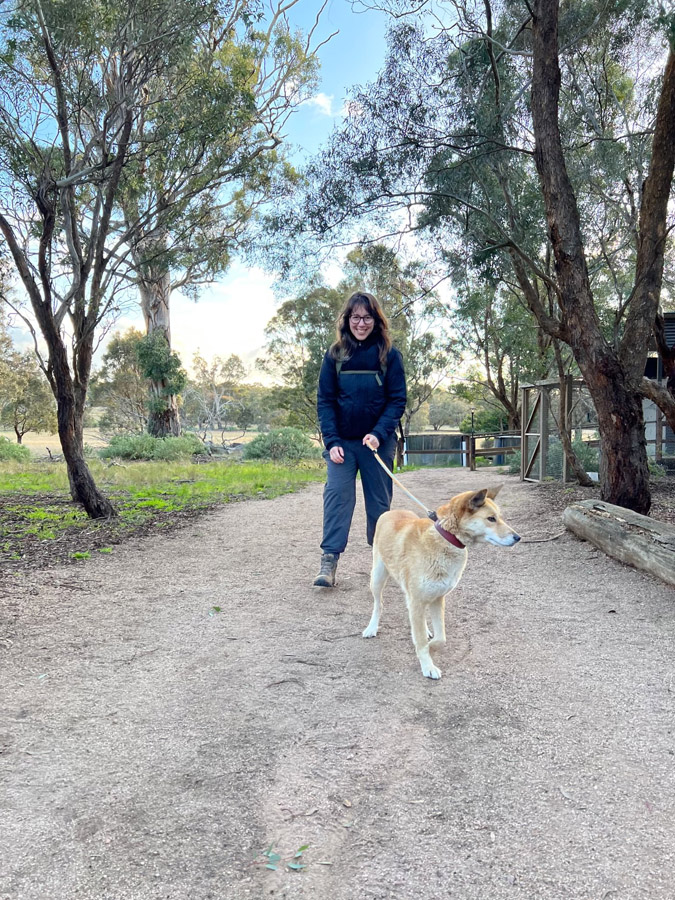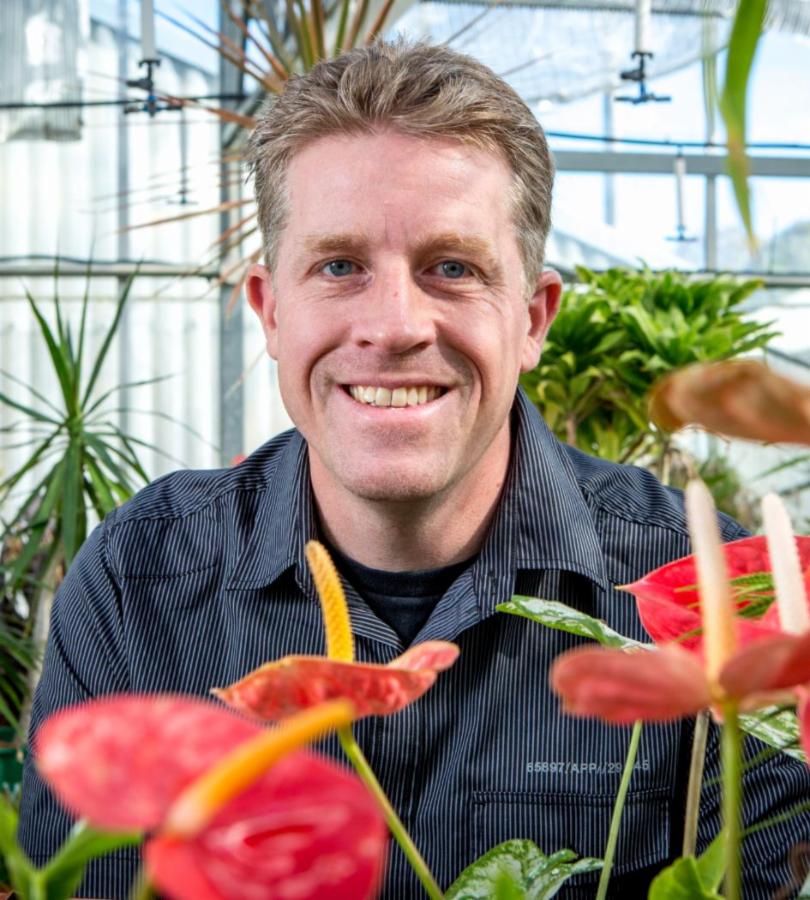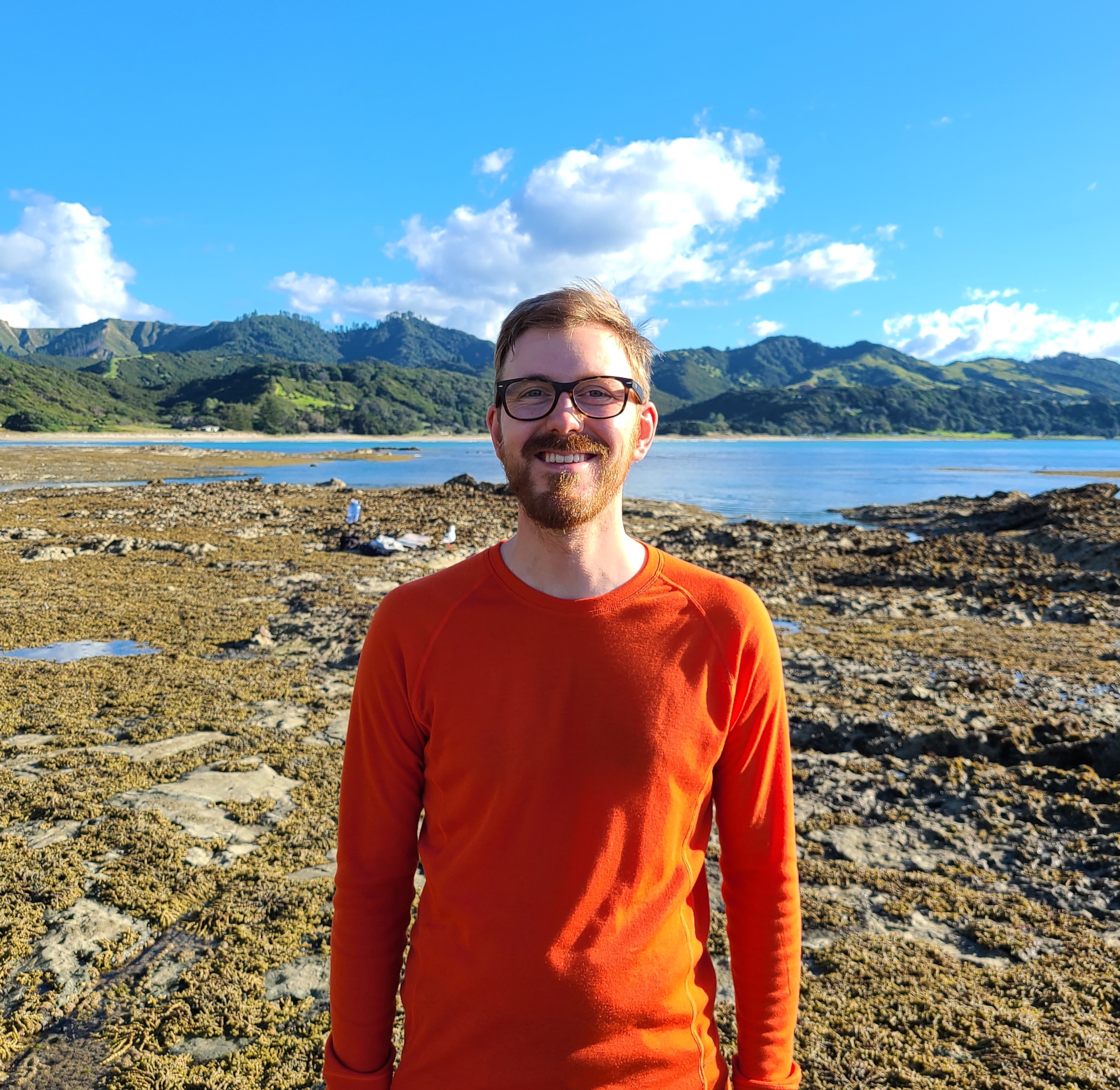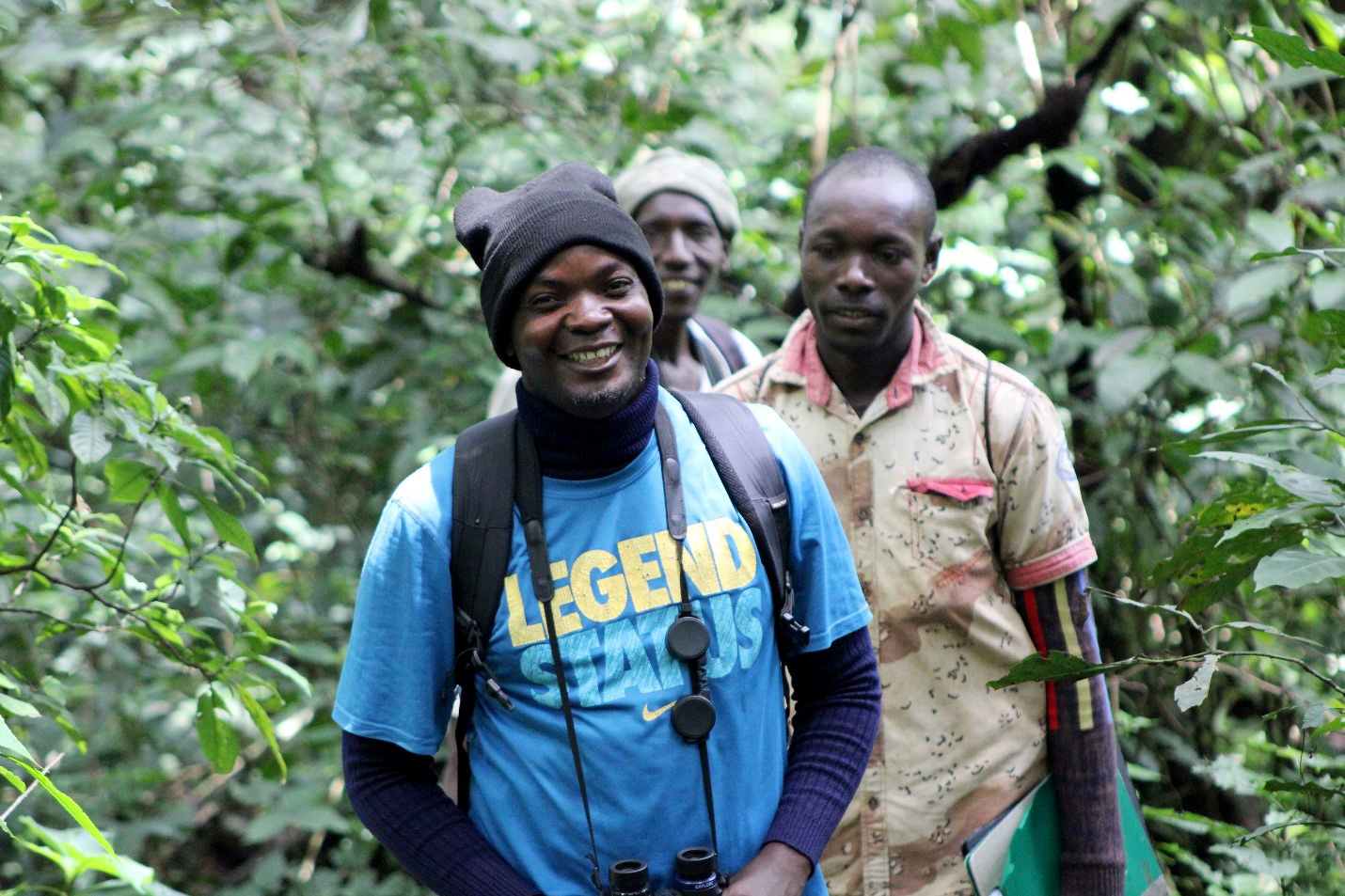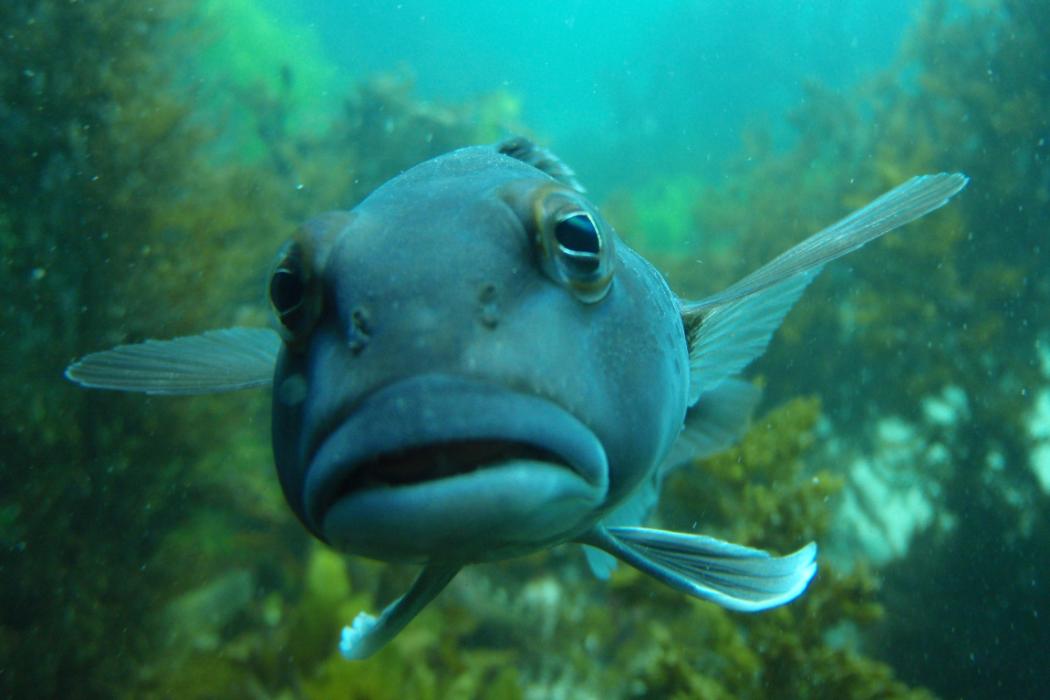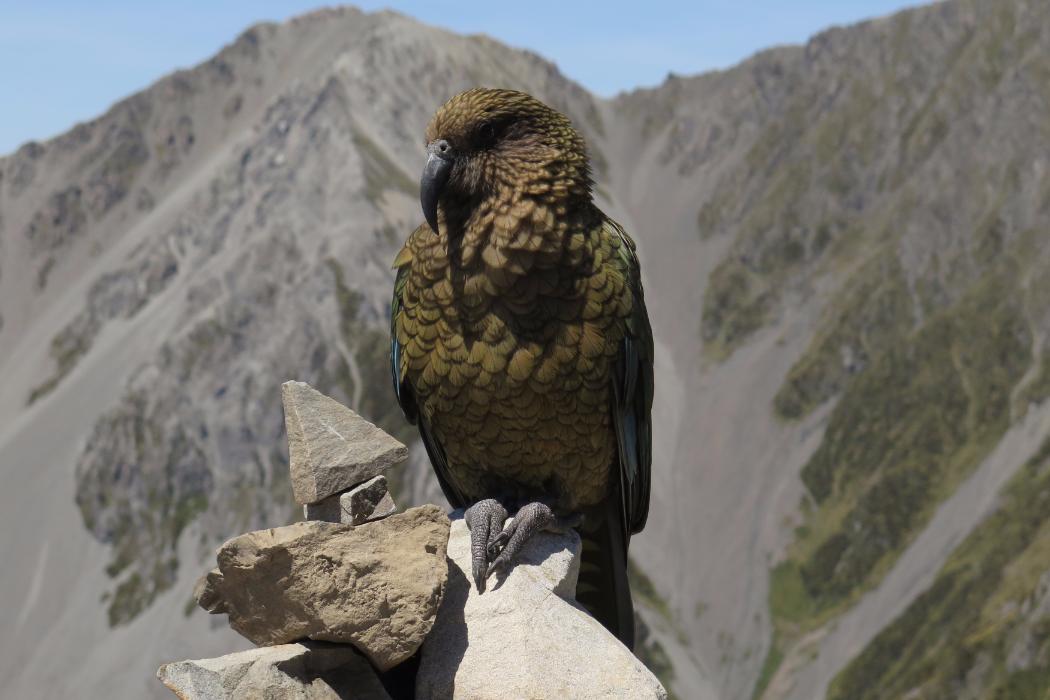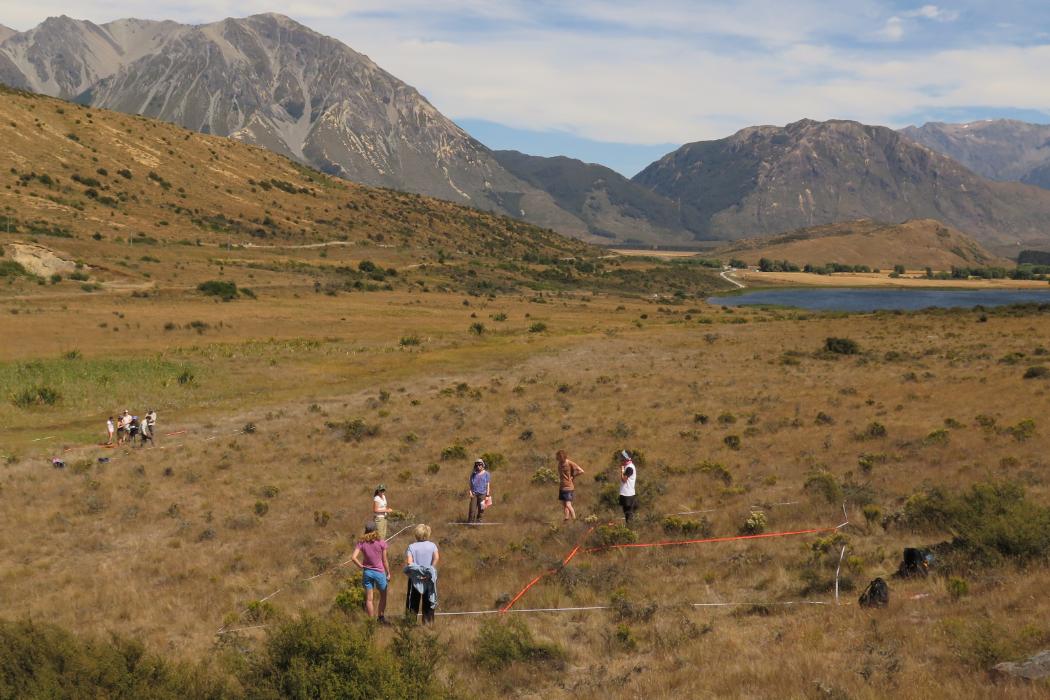Research into evolution, adaptation, and variation within Biological Sciences explores how life changes and diversifies over time. Scientists here investigate the genetic and environmental mechanisms that drive the diversity of life, from microscopic organisms to marine animals and birds.
One leading group, the Flanagan Lab, focuses on the evolution of complex traits—like mating displays and sexual dimorphism (differences between males and females)—using tools such as population genetics, genomics, and behavioral studies. Their work spans species like pipefish, seahorses, and even kororā (little blue penguins), aiming to understand how traits evolve and persist in changing environments.
Another major area of research examines how climate change is disrupting seasonal patterns, affecting everything from animal migration to genetic diversity. PhD student Daniel Hernández-Carrasco and Associate Professor Jonathan Tonkin have shown that shifts in seasonality can ripple through ecosystems, altering food webs and life cycles. This work highlights how evolutionary adaptations tied to seasonal rhythms are being challenged by global environmental change.
Together, these projects reflect UC’s commitment to understanding the dynamic processes that shape life on Earth. By combining cutting-edge science with a deep respect for New Zealand’s unique ecosystems, researchers are uncovering how species adapt, survive, and evolve in a rapidly changing world.
Our staff have extensive local and international connections and welcome contact from potential students and collaborators.
Examples of our research include:
- Adaptive laboratory evolution and experimental evolution in microorganisms
- Templeton World Charity Foundation grant "Joyful by Nature: a comparative approach to the evolution and function of joy in intelligent species"
- Biogeographic patterns and processes; Morphometrics; Reticulate evolution
- Physiological differences and genetic factors contributing to drought resistance in radiata pine populations
- Life history evolution of native birds. Changes in life history in introduced birds
- Why are males and females different, and why don’t we know?
- Tracing the evolution of stress adaptation across land plant lineages
- Vertebrate adaptation
- Surviving the intertidal zone: Ecophysiology of intertidal invertebrates
- Parasitoid-host arms races and their implications for biological control in changing climates
- Diversity of microbial dark matter
- How do cells adapt to stresses using self-assembled biomolecules?







